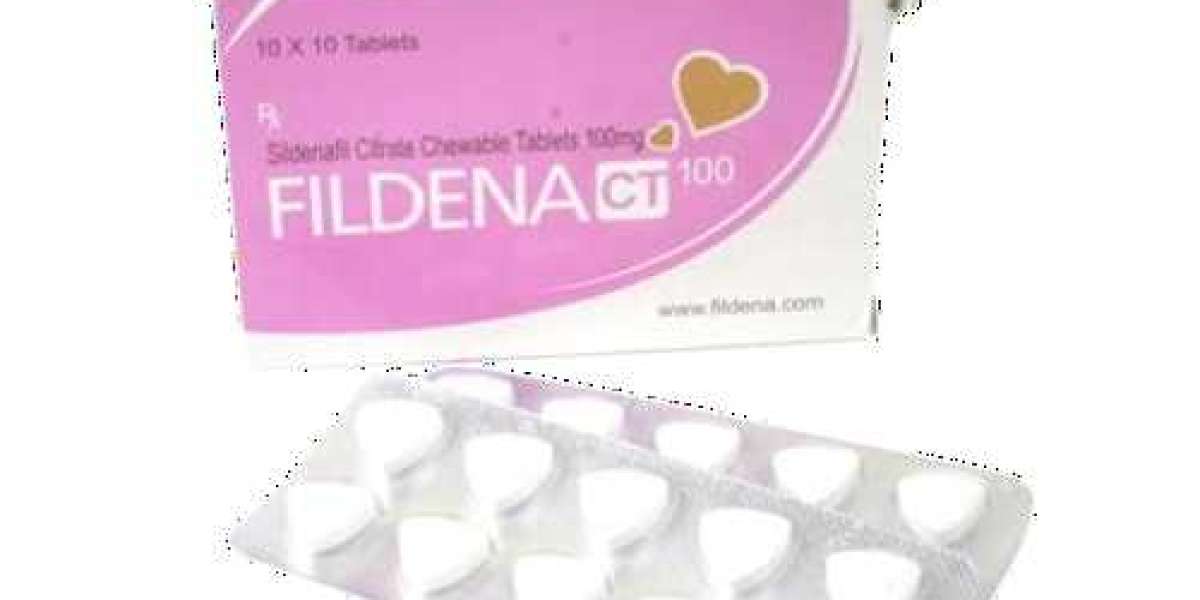Iron deficiency anemia (IDA) is a common condition in which the body doesn’t have enough iron to produce hemoglobin, the protein in red blood cells responsible for carrying oxygen throughout the body. This leads to a decrease in the number of red blood cells and a reduced ability to transport oxygen, causing symptoms like fatigue, weakness, dizziness, and paleness. Iron therapy is the primary treatment for iron deficiency anemia and can help restore normal iron levels, improve red blood cell production, and alleviate symptoms.
Heamclas-FCM Injection (Ferric carboxymaltose) is an intravenous iron replacement product used to treat iron deficiency anemia, particularly when oral iron supplements are ineffective or cannot be used. This treatment is especially beneficial for patients with chronic kidney disease, heart failure, inflammatory bowel disease, and in postpartum women or those with heavy menstrual bleeding.
What is Iron Deficiency Anemia?
Iron is an essential nutrient that plays a crucial role in the production of hemoglobin, which carries oxygen from the lungs to the rest of the body. When iron levels are low, the body cannot produce enough hemoglobin, leading to iron deficiency anemia. Common causes of IDA include poor dietary intake of iron, blood loss (such as heavy menstrual periods or gastrointestinal bleeding), and conditions that affect iron absorption, like celiac disease or Crohn's disease.
Types of Iron Therapy
Iron therapy aims to replenish the body’s iron stores and improve the production of red blood cells. There are two main types of iron therapy used to treat iron deficiency anemia:
Oral Iron Supplements
Oral iron supplements are the most common treatment for iron deficiency anemia. They are available over-the-counter and come in various forms, such as ferrous sulfate, ferrous gluconate, and ferrous fumarate. These supplements are typically taken in pill or liquid form, with ferrous sulfate being the most commonly prescribed. They contain a form of iron that is easily absorbed by the body and is effective in restoring iron levels. However, they can sometimes cause side effects such as stomach upset, constipation, and nausea, which can be mitigated by taking them with food or by switching to a different formulation.The recommended dose of oral iron supplements depends on the severity of the anemia and the individual’s age and health. It is typically taken in divided doses throughout the day to enhance absorption. Treatment usually continues for several months after iron levels return to normal to replenish the body’s iron stores fully.
Intravenous (IV) Iron Therapy
For individuals who cannot tolerate oral iron supplements, have severe iron deficiency, or need rapid replenishment of iron, intravenous (IV) iron therapy may be recommended. IV iron is administered directly into the bloodstream, allowing for faster absorption and bypassing the digestive system. This type of therapy is often used in people with gastrointestinal disorders or malabsorption issues that impair the absorption of oral iron.IV iron is typically given in a medical setting, such as a clinic or hospital, and requires monitoring during and after the infusion for potential side effects, such as allergic reactions or changes in blood pressure. While IV iron is generally considered safe and effective, it is reserved for cases where oral iron therapy is ineffective or inappropriate.
Benefits of Iron Therapy
Iron therapy offers several benefits for individuals with iron deficiency anemia:
Improved Symptoms: The primary benefit of iron therapy is the alleviation of the symptoms of anemia, such as fatigue, weakness, dizziness, and paleness. As iron levels increase and red blood cell production is restored, these symptoms typically improve within a few weeks of starting treatment.
Restoring Iron Levels: Iron therapy helps replenish the body's iron stores, which is necessary for the production of hemoglobin and the optimal functioning of red blood cells. By restoring normal iron levels, therapy helps prevent long-term complications related to anemia, such as heart problems or cognitive impairment.
Increased Energy and Well-being: Many individuals with iron deficiency anemia experience significant improvements in energy levels and overall well-being once their iron levels are restored. This can lead to improved quality of life and better ability to perform daily activities.
Potential Side Effects of Iron Therapy
While iron therapy is generally safe and effective, some individuals may experience side effects, especially with oral supplements. Common side effects include:
Gastrointestinal Issues: Iron supplements can irritate the digestive system, causing nausea, constipation, diarrhea, or stomach cramps. To reduce these side effects, some people may switch to a different type of iron supplement or take iron with food, though this can reduce absorption.
Dark Stools: A common and harmless side effect of iron therapy is dark or black stools. This occurs because the unabsorbed iron can color the stool, but it is not a cause for concern.
Allergic Reactions: IV iron therapy carries a small risk of allergic reactions, which can include rash, itching, dizziness, or difficulty breathing. Medical supervision is essential during IV iron infusion to monitor for these potential reactions.
Monitoring and Follow-up
Once iron therapy begins, healthcare providers will closely monitor progress through blood tests to ensure that iron levels are rising and that red blood cell production is improving. Depending on the severity of the anemia and the response to treatment, the doctor may adjust the dosage of iron supplements or consider alternative forms of therapy.
It is essential to continue iron therapy for the full recommended duration, even if symptoms improve before the iron levels are completely restored. This ensures that the body’s iron stores are fully replenished and that the risk of recurrence of iron deficiency anemia is minimized.
Conclusion
Iron therapy is an effective and commonly used treatment for iron deficiency anemia. Whether taken in the form of oral supplements or intravenous infusions, iron therapy helps restore iron levels, alleviate symptoms, and improve overall health. If you suspect you have iron deficiency anemia or have been diagnosed with it, consult with a healthcare provider to discuss the best course of treatment for your specific needs. With proper management and treatment, iron deficiency anemia can be effectively controlled, leading to better health and improved quality of life.








